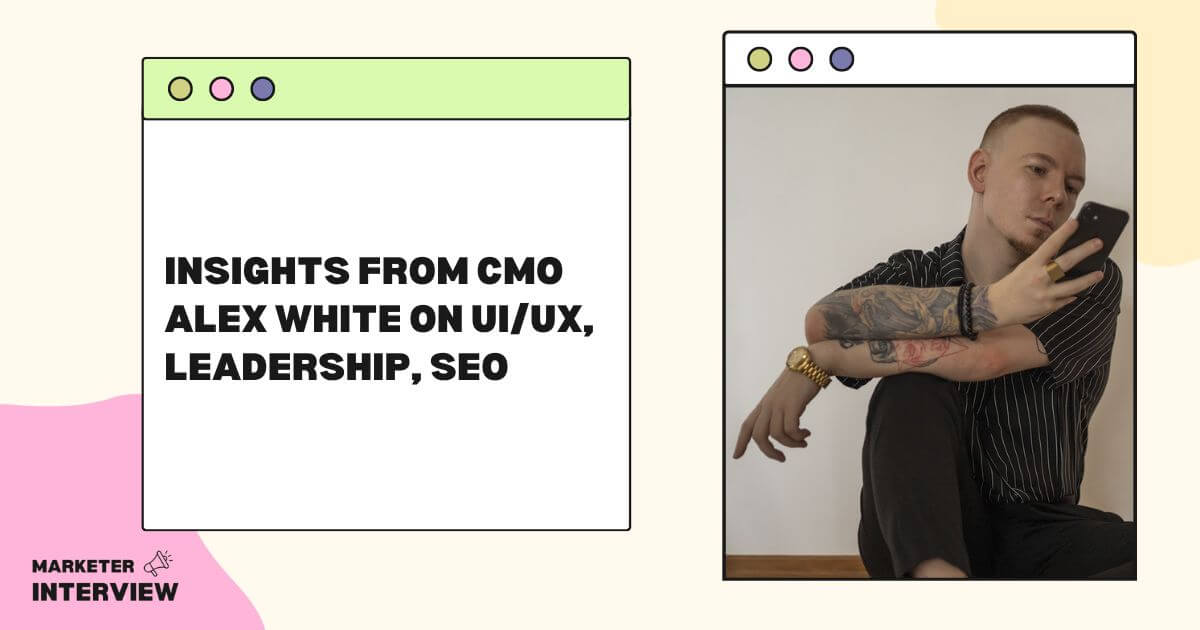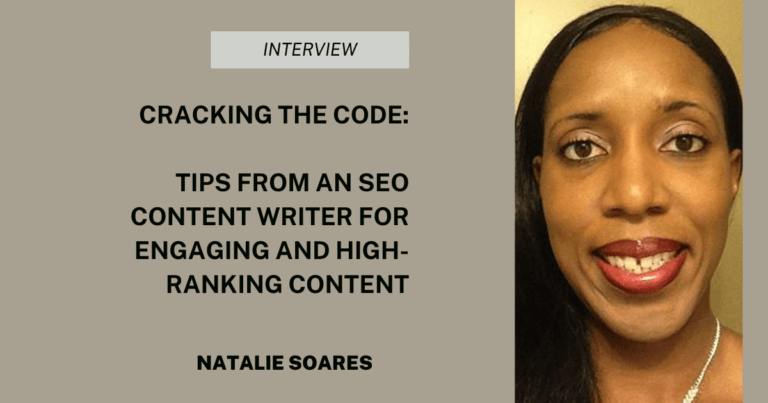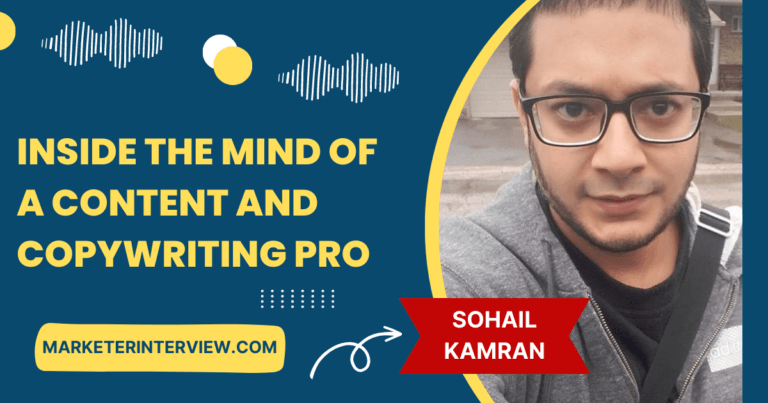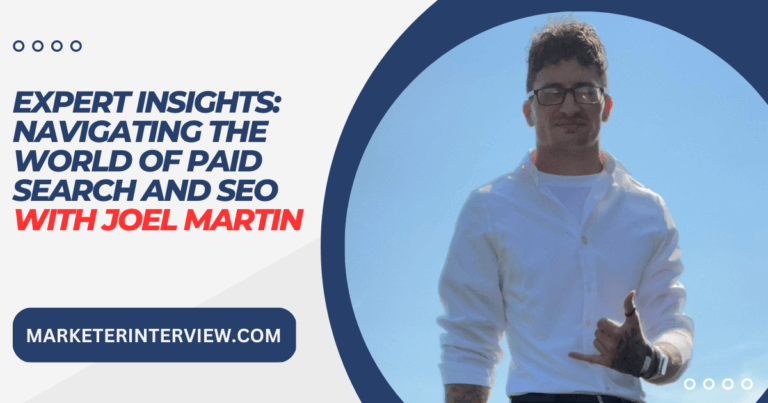Insights from CMO Alex White on UI/UX, Leadership, SEO
Welcome to Marketer Interview, where we talk to some of the industry’s most exciting and inspiring marketing professionals.
Today, we have the pleasure of speaking with Alex White, CMO at Arctic Wallet, a fintech and SaaS solutions provider.
Alex is a collaborative and polished marketing leader with 5+ years of experience in technology marketing. His expertise includes UI/UX, leadership, SEO, content, influencer marketing, SMM, and remote leadership.
He has built his career around enhancing brand experiences by overseeing the creation of meaningful content that connects with core audiences.
Today, we will dive into Alex’s insights on marketing and his career journey.
Contents
- 1 What inspired you to pursue a career in marketing?
- 2 How do you approach developing a marketing strategy?
- 3 What are the biggest challenges you face in your role as a CMO?
- 4 How do you prioritize marketing initiatives and allocate resources effectively?
- 5 Can you share a project you led that you are particularly proud of?
- 6 How do you stay up-to-date with the latest marketing trends and technologies?
- 7 What are your thoughts on the intersection of UI/UX and marketing?
- 8 How do you measure the success of your marketing campaigns?
- 9 Can you talk about your approach to remote leadership?
- 10 What tools and software do you use to optimize your marketing efforts?
What inspired you to pursue a career in marketing?
I have always been fascinated by the art of social engineering and how it can impact people’s perceptions and behaviors.
This fascination led me to pursue a degree in marketing, where I learned about the power of branding, consumer behavior, and marketing strategies.
After completing my degree, I started my career in marketing by working for a small advertising agency. I was responsible for creating marketing campaigns for local businesses and helping them reach their target audiences.
It was a challenging yet rewarding experience, as I saw my work’s direct impact on these businesses’ success. The most effective campaign got over 300% profit, and at this moment, I was happy.
Over the years, I have worked for various companies in different industries, including tech, SAAS, and finance. Each experience has taught me something new and has helped me hone my marketing skills.
I have experience in SEO, SMM, ASO, AD, Analysis, Influence, Design, and other marketing directions. Now I use all my expertise to lead twenty people in the marketing department of a crypto wallet.

How do you approach developing a marketing strategy?
At the head of everything is studying the client and his needs. Both open research and own research based on in-depth interviews, representative samples, and empirical methods suit this.
After understanding who my client is, I can start creating the company’s brand and descriptions of all functions and benefits. And making a roadmap so that my users can know in which direction the company will move and that we have a plan, not just an idea in a vacuum.
When I have decided on the brand’s tone and the audience, I need to understand where my audience is and what methods I can use to convey information about the company to them.
In our niche, the most effective tools are SEO, direct advertising, and bloggers. But also, we should not forget that we work in the financial sector, and when clients see a new “bank,” they are unlikely to want to carry money into it.
Therefore, a separate point should be highlighted: creating a company’s trust through reviews, work with influencers, PR, collaborations, and publications in various media sources.
The user should have a complete picture of my product at all stages, showing my product is useful, reliable, modern, and always open to dialogue.
What are the biggest challenges you face in your role as a CMO?
One of the biggest challenges here is the amount of responsibility. The responsibility is not only for the company’s success in product development but also for many people and partners.
I’m always in touch:
- Generate a lot of viable ideas.
- Understand not only the client but also employees, even other departments.
- Always be ready to help in solving the problem and direct people.
- Aware of all trends and events.
- Have an analytical mindset for making informed decisions.
The only way to do great with all I’ve mentioned above is through constant self-development, learning, and listening to my employees and customers.
I made careful listening one of my main professional habits to improve our service. I think it’s the key.
How do you prioritize marketing initiatives and allocate resources effectively?
To do this, I have project managers in all directions :)) I’m kidding.
We have repetitive tasks that employees devote 40% of their time to, and current ones make up 50%. The remaining 10% we spend on holding daily meetings, discussions, and building hypotheses.
All tasks are structured and entered into the task tracker, after which grooming is carried out, and priorities are set.
We do not make specific plans for the year ahead in the current market. Instead, we have a wish list from which we get the necessary and practical features and embed them into our quarterly plan.
I would be glad, but all the projects you may be interested in are in a non-disclosure agreement. Sorry.
How do you stay up-to-date with the latest marketing trends and technologies?
I communicate with many colleagues related to marketing in one way or another. In addition, I stay current by reading industry publications, listening to podcasts, and following influential thought leaders on social media.
This gives me insight into new technologies, trends, and changing consumer behavior. Also, I always follow updates of programs and services, and of course, the latest news always appears in private Telegram channels.
This ensures that I use the actual and working tools in my work.
Marketing (especially crypto marketing) is mostly about healthy and good competition. That’s why there are a lot of professionals sharing their insights. So it would be irrational not to check it out.
What are your thoughts on the intersection of UI/UX and marketing?
UI/UX is an essential part of any product.
No matter how useful your product is, if the customer is uncomfortable and, even worse, does not understand how to use it, your product is doomed. A vivid example is the history of McDonald’s, showing UI/UX was combined with selling marketing and made an empire.
We are constantly striving to improve the quality of the user experience by conducting A/B tests, analyzing behavior patterns, and studying the best solutions on the market.

How do you measure the success of your marketing campaigns?
The leading indicators are LTV, ROI, CR, daily profit, and RR.
It is crucial for us not only to attract the user to get acquainted with our product but also to leave a positive impression so that the use of the product becomes a daily habit for our customers.
Can you talk about your approach to remote leadership?
As I said earlier, we hold daily meetings to update tasks, weekly meetings to add new tasks and update the status of old ones, and rely on monthly and quarterly reports comparing them with market trends.
We conduct correspondence in a corporate messenger, set tasks in a task tracker, have a global roadmap with weekly details, and meet on critical top-level issues in the office.
What tools and software do you use to optimize your marketing efforts?
We use Grafana to visualize and cluster the collected analytics data across all products. GA for site analysis. Zennoposter for process automation.
Brand24 for media tracking. Jagajam for social network analysis.
PBN networks and GSA for SEO. Our CRM for corporate clients. Mailchimp for mailing lists.
Serpstat and Ahrefs for the analysis of search results. Keitaro and Imklo for working with traffic.
All these products help us track and influence our progress.






